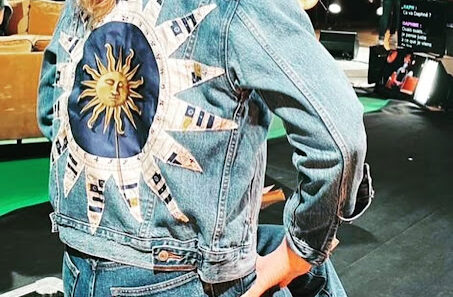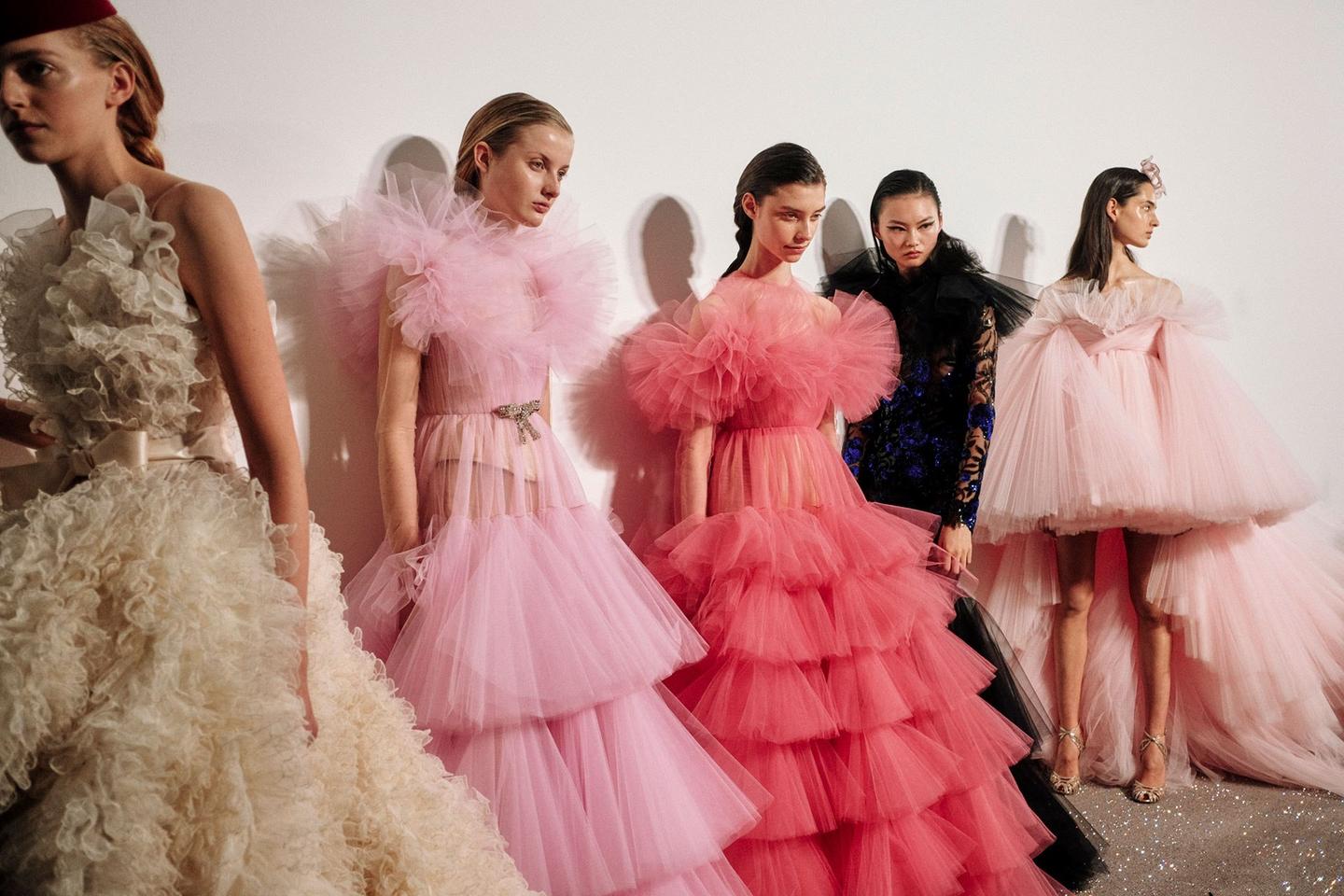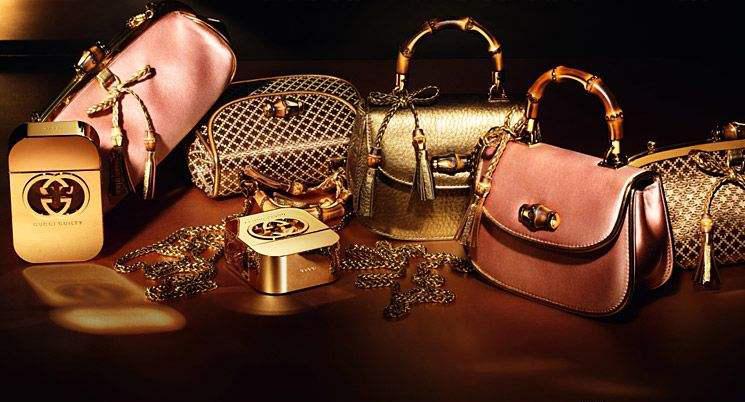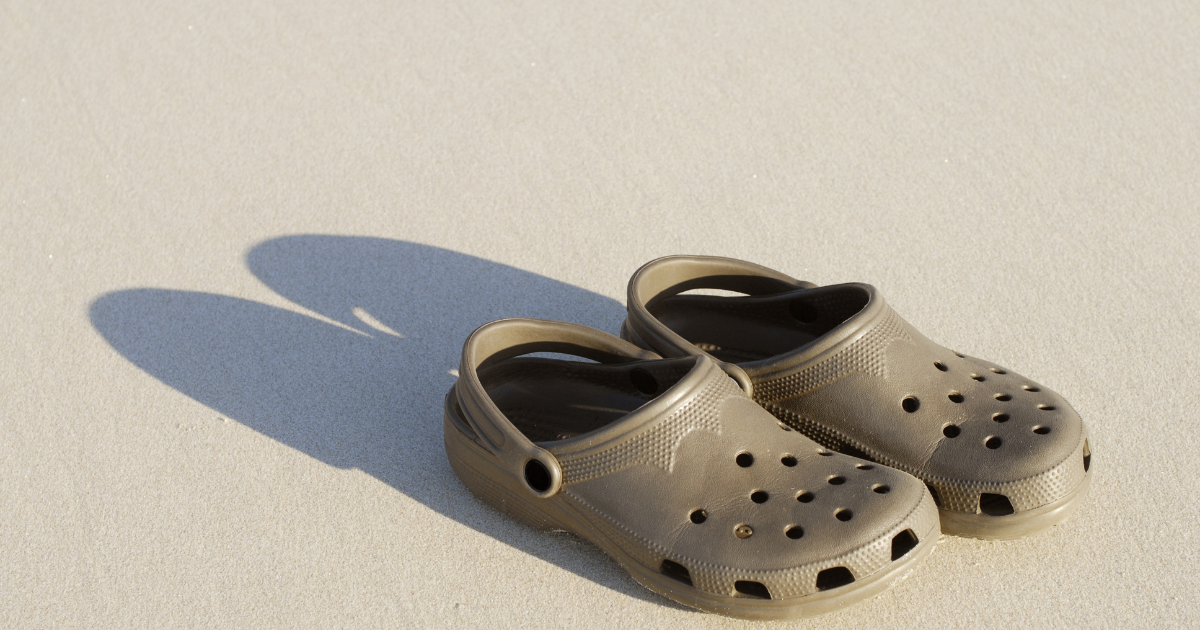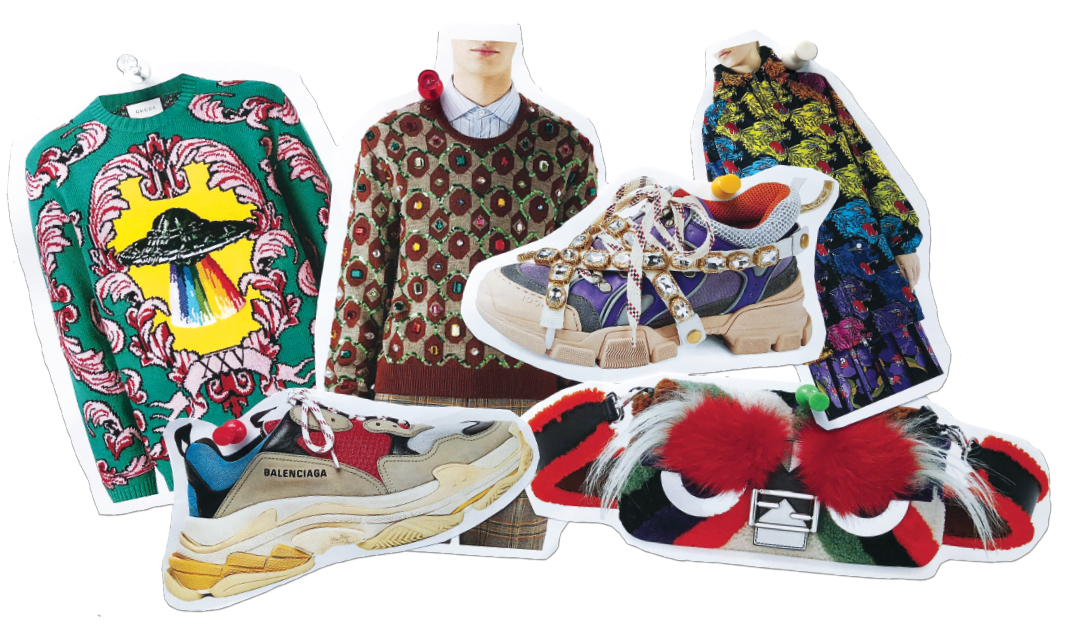The fashion industry, dating back to the Industrial Revolution, has witnessed key developments, both in production and consumption capacities. Mass production and excess labour have paved the way for several corporations to build deep-rooted foundations. Luxury fashion houses and niche brands found footing synonyms to that of a status symbol. In the 1900s and early 2000s, the resale industry and thrifting business model were belittled, however, modern-day circumstances indicate otherwise.
The resale industry has noticed an uprise in recent years. Companies like Rites, The RealReal, By Rotation and more have recorded soaring sales figures. This industry has not only made clothing a more accessible venture for consumers but also prompted renowned corporations and fashion houses to incorporate a resale approach to their existing business Models. Brands like Zara and Levi, with programs like ClothesCollectionProgram and Levi’s SecondHand respectively, have garnered consumer acceptance.
The circular flow of the fashion industry is an essential concept under implementation globally.
Initially, clothes were produced and purchased once found a home in the dump yards. With the phenomenon of the circular solutions, the lifecycle of a product has been extended, providing for new and various individuals to utilise a particular product.
The primary business model of such companies is twofold. Organisations collect clothing from initial owners through either “donations” or a paid module of acquisition, after which the articles usually undergo inspections and refurbishing to prepare them to be sold on the market.
The primary factors attributed to its growth are consumer acceptance and environmental consciousness. Consumers, with the advent of social media, view second hand items positively, with several trends about thrifting vintage items surfacing. The general audience has lesser disposable income, perhaps due to financial consciousness or owing to inflationary pressures, and are more likely to opt for cost-effective methods of purchasing quality items. Vintage items, depending upon the platform purchased through, are significantly less costly than their first-hand counterparts. Hence, Consumers craving a sense of luxury formulate the primary target audience for these companies.
The sustainability angle adds another dimension to this market. Green consumerism and environmental consciousness have led to the rise of “pre-loved” items. Consumers, under the guise of ethical consumption, have reciprocated to the thrifting culture, so much so that the resale industry has threatened original designers. In a bid to reduce wasteful consumption and facilitate optimum utilization of existing clothes, resale platforms have gained popularity.
According to The United Nations Environment Program, the fashion industry generates more emissions than all international flights and maritime activities combined. This is a testament to the fact that excess supply, mass production and fast fashion have a detrimental impact on the environment. Consumers, taking cognizance of this fact are undertaking a conscious effort towards refurbishing owned items. Forecasts suggest the market to be worth USD 125.18 billion by 2034, a steady growth as compared to USD 43.49 billion in 2024.
Despite the many advantages for consumers and the planet, resale platforms are not shy of lawsuits and claims of copyright infringement.
The renowned legal battle between Chanel and What Goes Around Comes Around is a testament to this. The revered corporation claimed the resale platform of selling counterfeit Chanel goods, with false advertisements and misleading claims, leading customers to believe that the two companies acted out of a place of partnership.
The jury in this case delivered a unanimous verdict in Chanel’s favour and ordered What Goes Around Comes Around to lay statutory damages.
Nike, the renowned athletic wear brand, sued StockX, a reseller, for their taglines of “Always authentic never fake” and “100% authentic”. Nike discovered 77 pairs of counterfeit shoes in the reseller’s inventory.
Although the dispute is still ongoing, such claims from companies give rise to 2 primary issues in this industry- copyright infringement and counterfeit products.
In the United States of America, the “First Sale Doctrine” is followed, wherein trademarked products are permitted to be sold after being placed in the market. This doctrine safeguards resale platforms from goodwill-depleting claims. An exception to this is a material distinction between the original product and the resale version. In such instances, the resellers are not immune from legal repercussions.
Such a scenario was noticed in the case of Chanel vs. The RealReal, where claims of trademark infringement were made by the luxury brand against the resale platform. The doctrine of first sale was accepted as a defence against the potential violations of The Lanham Act, the federal law governing trademarks in the United States of America. Hence, reselling is not considered violative of existing trademarks, with utmost adherence to the ethical and legal aspects.
Counterfeit goods are yet a prominent issue in this industry. Dubious companies fraudulently indulge in supplying counterfeit products to consumers, creating distrust and a lack of transparency between consumers and corporations. To tackle this issue, companies like The RealReal cite expert authentication reviews of products received, along with a rating of its true and fair conditions to build trust and reliability.
Along with this, fashion houses have taken the protective measures a notch above.
Brands like Gucci have collaborated with Vestiaire to authenticate items traded in, to ensure eradication of counterfeit products, especially those with the Gucci label. Consumers, to shield themselves from the threats of fraud, must purchase second-hand items through familiar and recommended platforms, preferably those with brand affiliations, authenticity certificates or expert analysis.
The resale industry has been a saving grace, in terms of minimising environmental impact and pushing a large sect of the audience towards responsible purchases, whilst reducing waste generation and promoting the refurbishing culture.
Consumers and corporations alike have the opportunity to strengthen the circular model of the fashion industry, as well as to upcycle items, for achieving the 3 P’s of business- People, Planet and Profit.
Sources-
- Fashion Resale Market: Trends, Growth, and the Future of Sustainable Retail: https://www.salsify.com/blog/fashion-resale-market-101
- Part 1: How Thrift and Consignment Stores Started The Resale Revolution: https://www.joinbeni.com/out-with-the-new/how-thrift-and-consignment-stores-started-the-resale-revolution
- Secondhand Apparel Market Growth – Trends & Forecast 2024-2034: https://www.futuremarketinsights.com/reports/secondhand-apparel-market
- Luxury brands are teaming up with resale platforms. Can we expect a resale boom?: https://www.thedrum.com/opinion/2024/05/30/luxury-brands-are-teaming-up-with-resale-platforms-can-we-expect-resale-boom
- In Search of Authenticity: Battling Counterfeit Culture in the Fashion Resale Industry: https://greenisthenewblack.com/battling-counterfeit-culture-in-the-resale-industry/
- Top Ten Lawsuits under Fashion Law: https://www.yourlegalcareercoach.com/top-10-lawsuits-under-fashion-law/
- The State of the Circular Economy in the Fashion Industry: https://www.reconomy.com/2024/09/03/the-state-of-the-circular-economy-in-the-fashion-industry/
- Implications of Chanel v. WGACA for luxury resale market: https://trademarklawyermagazine.com/implications-of-chanel-v-wgaca-for-luxury-resale-market/
Author(s):
 Meet Kanishka Chawla, an academically driven student at NMIMS School of Law, Mumbai. Kanishka strives for excellence in every field she is working in and overcomes challenges by providing pragmatic solutions. Enthusiastic about fashion, Kanishka brings a legal perspective to a creatively fuelled industry.
Meet Kanishka Chawla, an academically driven student at NMIMS School of Law, Mumbai. Kanishka strives for excellence in every field she is working in and overcomes challenges by providing pragmatic solutions. Enthusiastic about fashion, Kanishka brings a legal perspective to a creatively fuelled industry.






